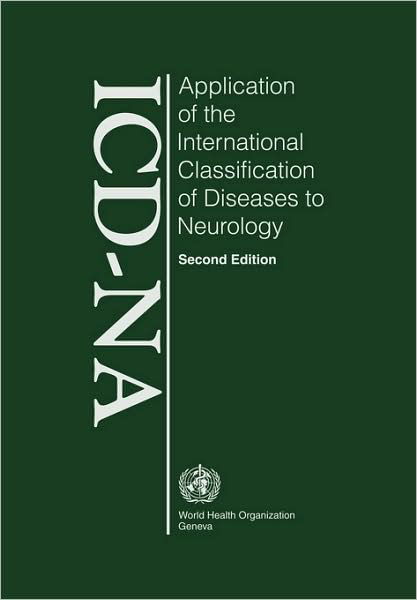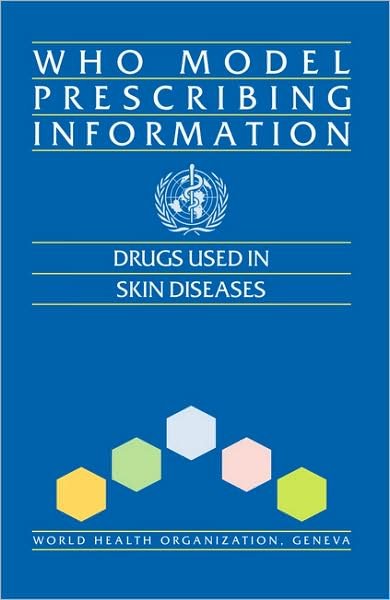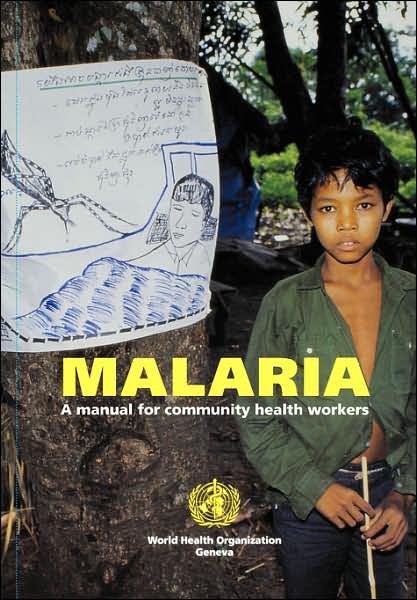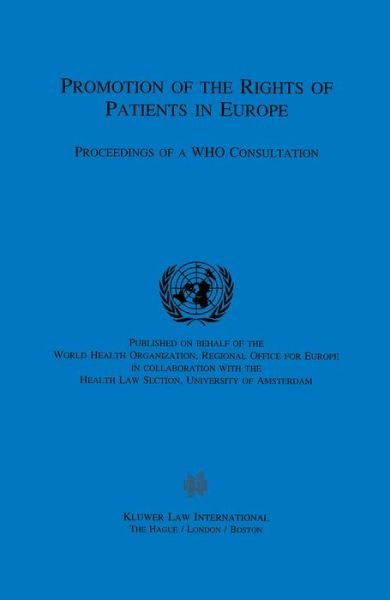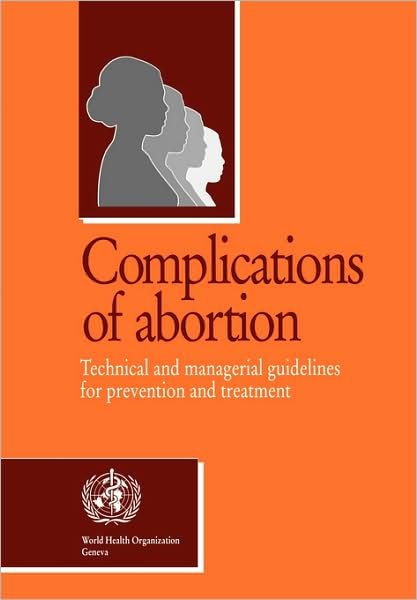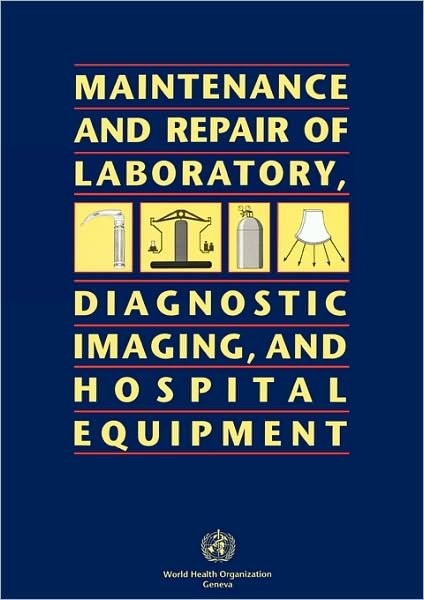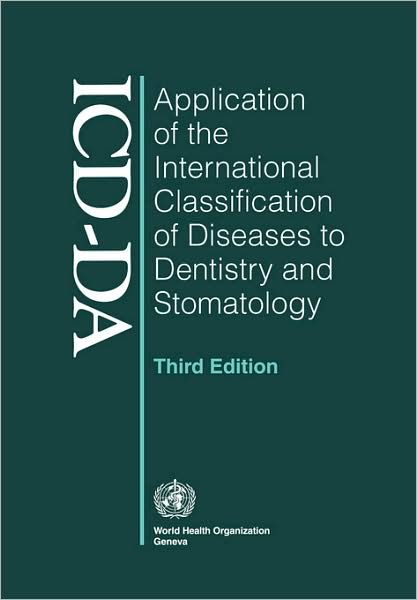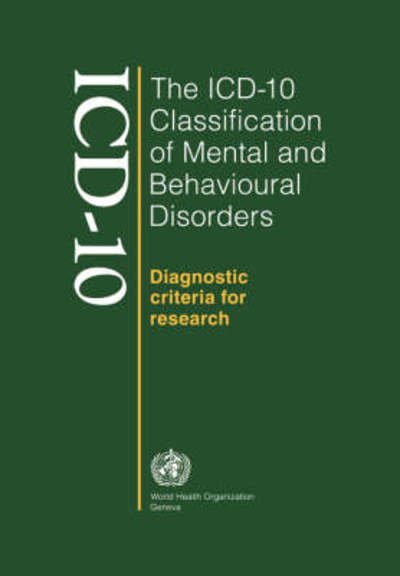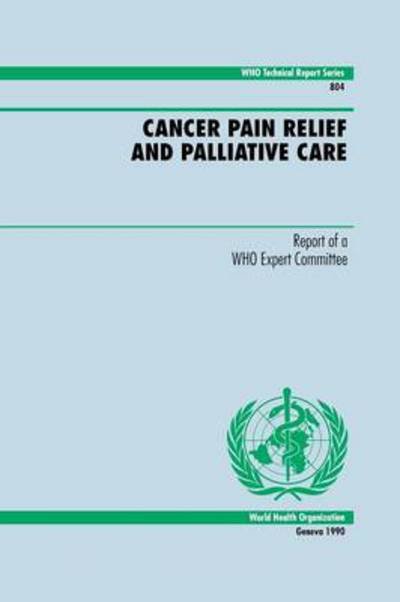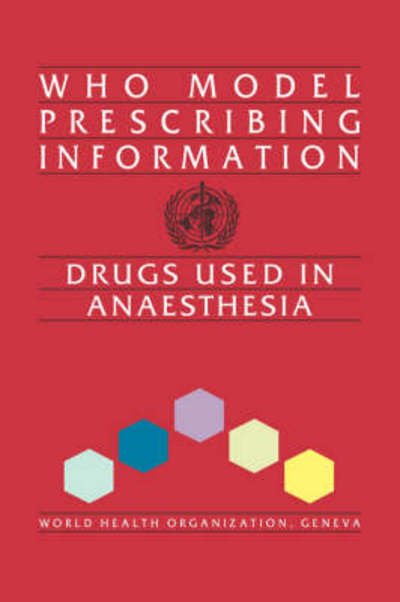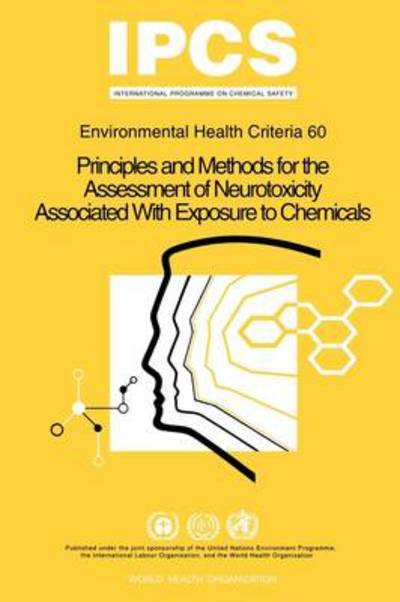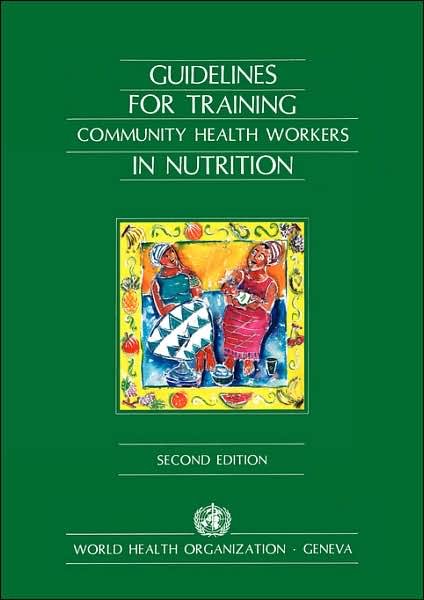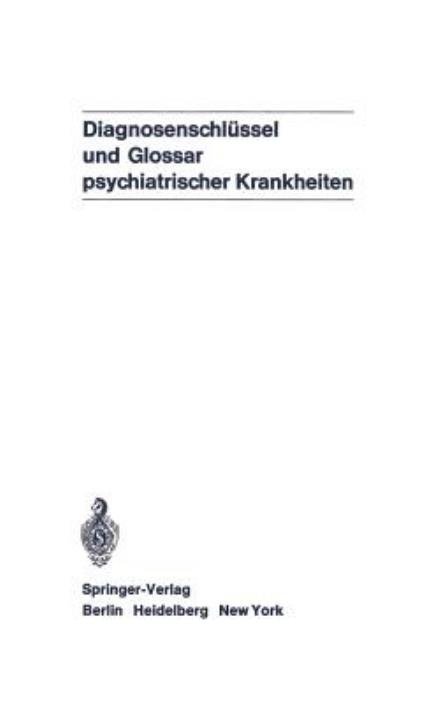
Tell your friends about this item:
Guidelines for Poison Control
World Health Organization
Guidelines for Poison Control
World Health Organization
Provides authoritative guidelines for the establishment or improvement of national programmes for poison control. Addressed to policy-makers and the administrators of specialized facilities, the book responds to the need for comprehensive advice on the most rationale and effective ways to manage the greatly increased number of poisoned patients seen throughout the world. Strategies for the prevention of poisoning are also described. The guidelines draw on the practical experiences of numerous well-established poison centres in different parts of the world. Although recommended lines of action have universal relevance, the book gives particular attention to the situation in developing countries, where a basic infrastructure for the care of poisoned patients is often absent and special problems arise from the lack of adequate communications, transportation, drugs, and support services. Throughout, emphasis is placed on the role and functions of a poison information centre as a crucial component of any national programme for poison control. The book has nine chapters presented in two parts. Part one provides an overview of the policy issues surrounding decisions to introduce measures, including specialized facilities, for the prevention and management of poisoning. Arguing that a poison information centre should be available in every country, part one also describes the benefits of such centres, outlines their principal functions, and suggests various options for their logical and cost-effective operation. Against this background, part two provides detailed technical advice on how to organize and operate the various facilities and services that make up a comprehensive system for poison control. Separate chapters describe the functions and requirements of information services, clinical services, and analytical toxicological and other laboratory services, and discuss the importance of toxicovigilance as a strategy for prevention. Subsequent chapters explain how to deal with major emergencies involving toxic chemicals, and outline solutions to the problem, encountered in most developing countries, of obtaining essential antidotes. Part two concludes with advice on the design and content of forms for collecting, storing, and reporting data, followed by a detailed list of the main literature required in a poisons information centre. Additional practical information is provided in a series of annexes, which describe a computer software system for the management of poisons data, reproduce several model record and reporting forms, and classify a large number of antidotes and related agents according to their proven effectiveness and urgency of availability. "... For those involved in improving safety, this book is a bible... It is very difficult to be critical of this outstanding work ... an essential reference for all those involved in the use and handling of chemicals. For regulators and those concerned with government policy issues, it should be compulsory reading..." - Chemistry and Industry
| Media | Books Paperback Book (Book with soft cover and glued back) |
| Released | 1997 |
| ISBN13 | 9789241544870 |
| Publishers | World Health Organisation |
| Pages | 128 |
| Dimensions | 326 g |
| Language | English |
More by World Health Organization
See all of World Health Organization ( e.g. Paperback Book , Spiral Book , Book , Hardcover Book and Pamphlet )

 Christmas presents can be returned until 31 January
Christmas presents can be returned until 31 January


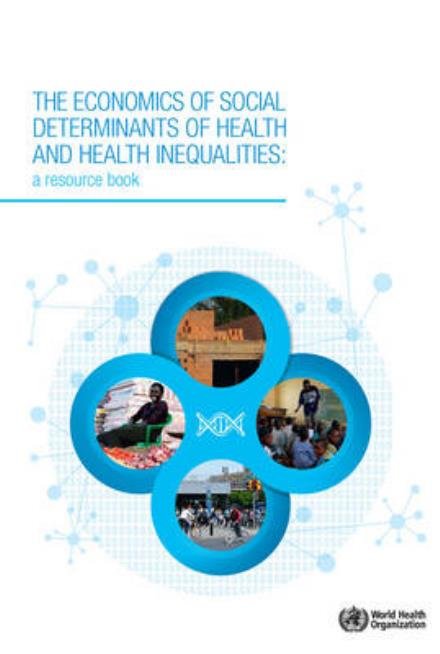
![Cover for World Health Organization · Benzodiazepines and Therapeutic Counselling: Report from a WHO Collaborative Study (Paperback Book) [Softcover reprint of the original 1st ed. 1988 edition] (2011)](https://imusic.b-cdn.net/images/item/original/145/9783642737145.jpg?world-health-organization-2011-benzodiazepines-and-therapeutic-counselling-report-from-a-who-collaborative-study-paperback-book&class=scaled&v=1488275482)
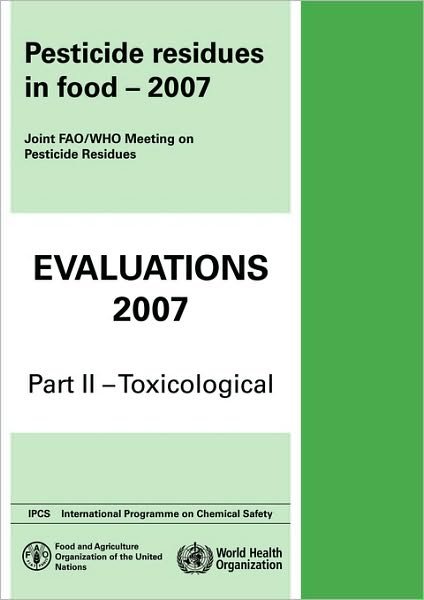
![Cover for World Health Organization · International classification of functioning, disability and health (Paperback Book) [Large print edition] (2009)](https://imusic.b-cdn.net/images/item/original/413/9789241547413.jpg?world-health-organization-2009-international-classification-of-functioning-disability-and-health-paperback-book&class=scaled&v=1415797878)
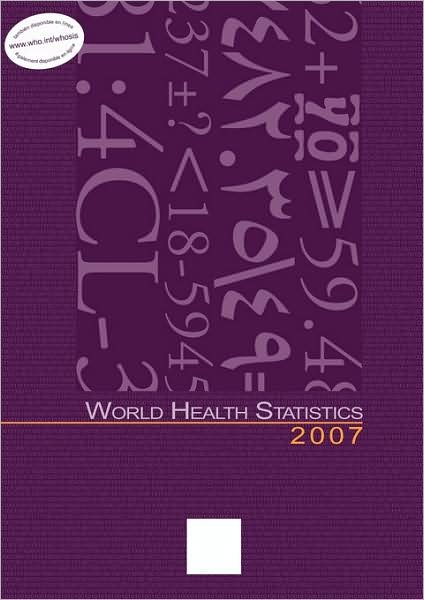
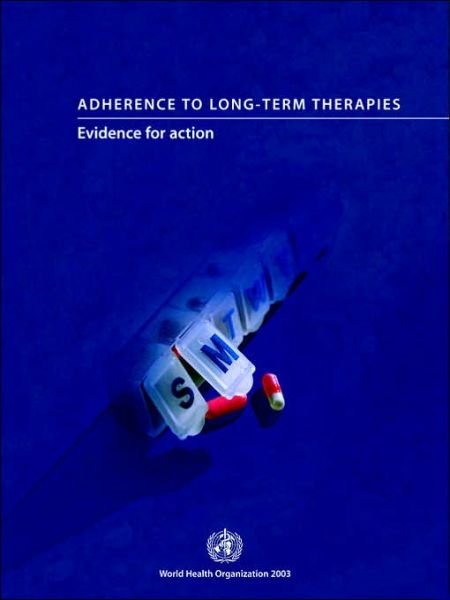
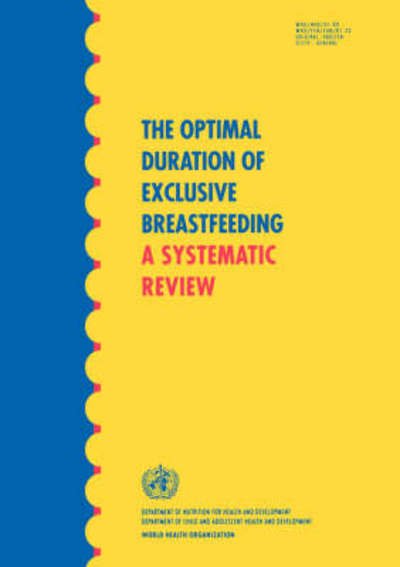

![Cover for World Health Organization · Mapping the Social Consequences of Alcohol Consumption (Hardcover Book) [2001 edition] (2001)](https://imusic.b-cdn.net/images/item/original/406/9780792367406.jpg?world-health-organization-2001-mapping-the-social-consequences-of-alcohol-consumption-hardcover-book&class=scaled&v=1512461662)

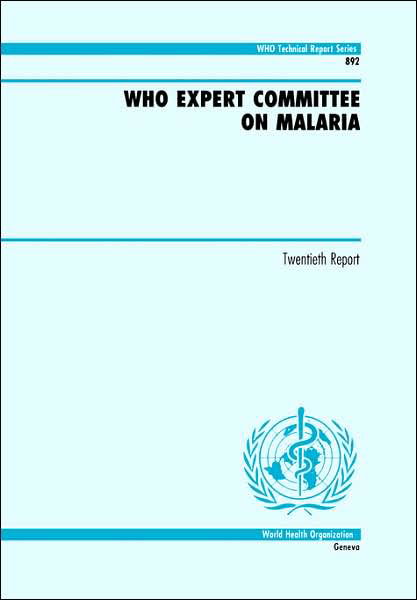
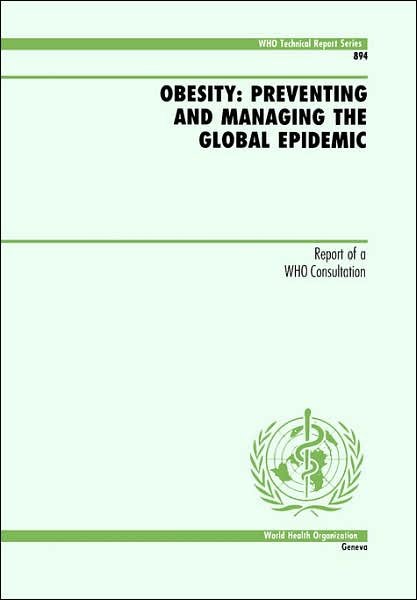
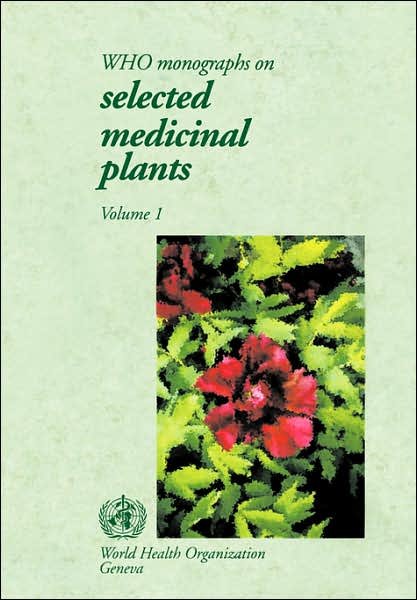
![Cover for World Health Organization · Who-Laborhandbuch: Zur Untersuchung Des Menschlichen Ejakulates Und Der Spermien-Zervikalschleim-Interaktion (Paperback Book) [4th 4. Aufl. edition] (1999)](https://imusic.b-cdn.net/images/item/original/355/9783540663355.jpg?world-health-organization-1999-who-laborhandbuch-zur-untersuchung-des-menschlichen-ejakulates-und-der-spermien-zervikalschleim-interaktion-paperback-book&class=scaled&v=1452491883)
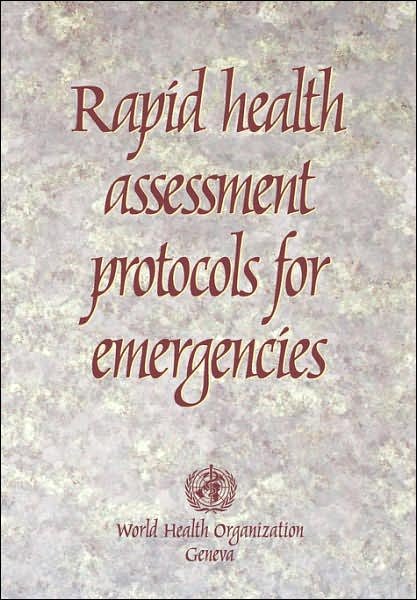
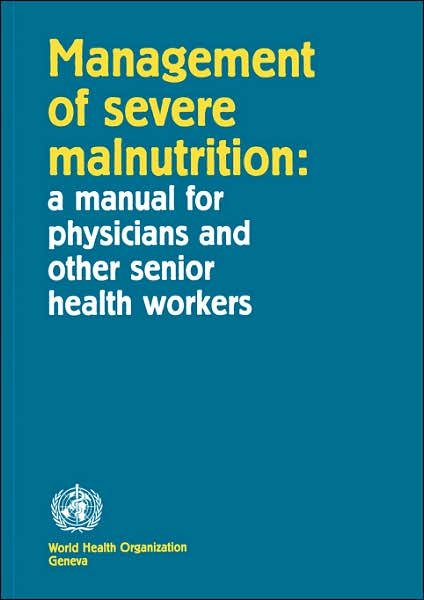
![Cover for World Health Organization · Copper: Environmental Health Criteria 200 (International Program on Chemical Safety) (Paperback Book) [First Edition, First Printing edition] (1998)](https://imusic.b-cdn.net/images/item/original/002/9789241572002.jpg?world-health-organization-1998-copper-environmental-health-criteria-200-international-program-on-chemical-safety-paperback-book&class=scaled&v=1585350775)
